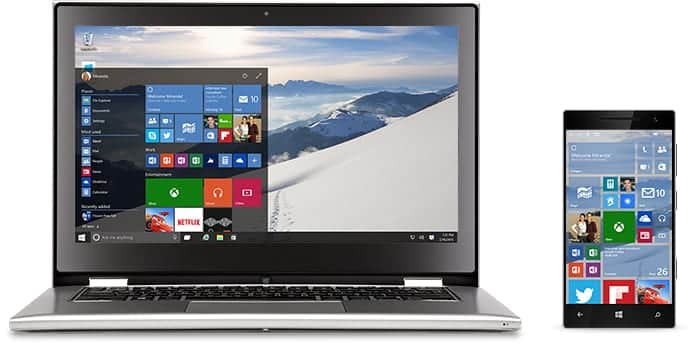For some, dual-booting Windows and Ubuntu Linux (installing Windows and Ubuntu on the same machine) may have gotten a bit more complicated for Windows 8 and above. Machines that come with Windows 8 pre-installed use UEFI firmware. UEFI means Unified Extensible Firmware Interface. This means that the old HDD-based master boot record (MBR) has been replaced. Before continuing, you need to turn off ‘Fast’ booting in your Windows 8 or Windows 8.1 power options so that you’ll be able to access the boot menu and start Ubuntu after the installation. You may need to disable the ‘Secure Boot’ feature as well.
The Linux and Unix community have caught up to it already, so you can now install Ubuntu and other Linux distributions on UEFI systems, but it’s a tricky process for a beginner. Fortunately, there is a simple way to do this.
Disclaimer: Hard drive partitioning operations do run the risk of data loss or corruption. Please back up your data beforehand. Execute this procedure at your own risk.
To avoid partitioning your hard drive manually and avoid losing your files (your Windows installation should remain intact), you can ‘shrink’ drive C to yield free space to the Ubuntu Linux installer.
Shrink it by the amount of space you want Ubuntu to have (Windows will not be able to access the data on Ubuntu’s partition, so I would recommend storing any files you want to access in both operating systems on your Windows partition (as you normally would).
You can then use this free (this is often referred to as unallocated) space to create Ubuntu’s partitions. In Windows 7, Windows 8 and 8.1, go to Control Panel > Administrative Tools > Right Click Computer Management > Click ‘Run As Administrator’. Select Disk Management under Storage and right-click drive C or whichever partition you have free space on (don’t select any of the recovery partitions, or anything you don’t recognize).
Click Shrink Volume. Follow the instructions on the screen and enter a figure which is at least 30,000 MB (30 GB), but ensure it is a small fraction of your overall free disk space. This is difficult to reverse if you need to reclaim your disk space.
Afterwards, download the Ubuntu live CD ISO file.
When you’re done, burn the image to a DVD and then boot from it. Ensure that your DVD drive is above your HDD in your boot order options (which are usually in your computer’s BIOS settings), so that your computer will check for a bootable CD or DVD before booting from whichever OS is currently on your hard drive.
When the live CD has booted, you can either select ‘Try Ubuntu’ and then launch the installer from the desktop after you’re done trying it, or the ‘Install’ option that comes up while the live CD is booting. Either is fine.
Read all the instructions carefully, they’re very straightforward. When it finally asks you where to install Ubuntu, select the option that says ‘Install Ubuntu alongside Windows’. The description under that option should state that your documents, music, and other files will be kept.
Ubuntu will use the unallocated space you provided it with during that Windows procedure I explained above. Afterwards, just answer the remaining questions, and your new Ubuntu installation will be up and running in a matter of minutes.
Further Reading: List Of Ubuntu Commands, and How To Use Them




